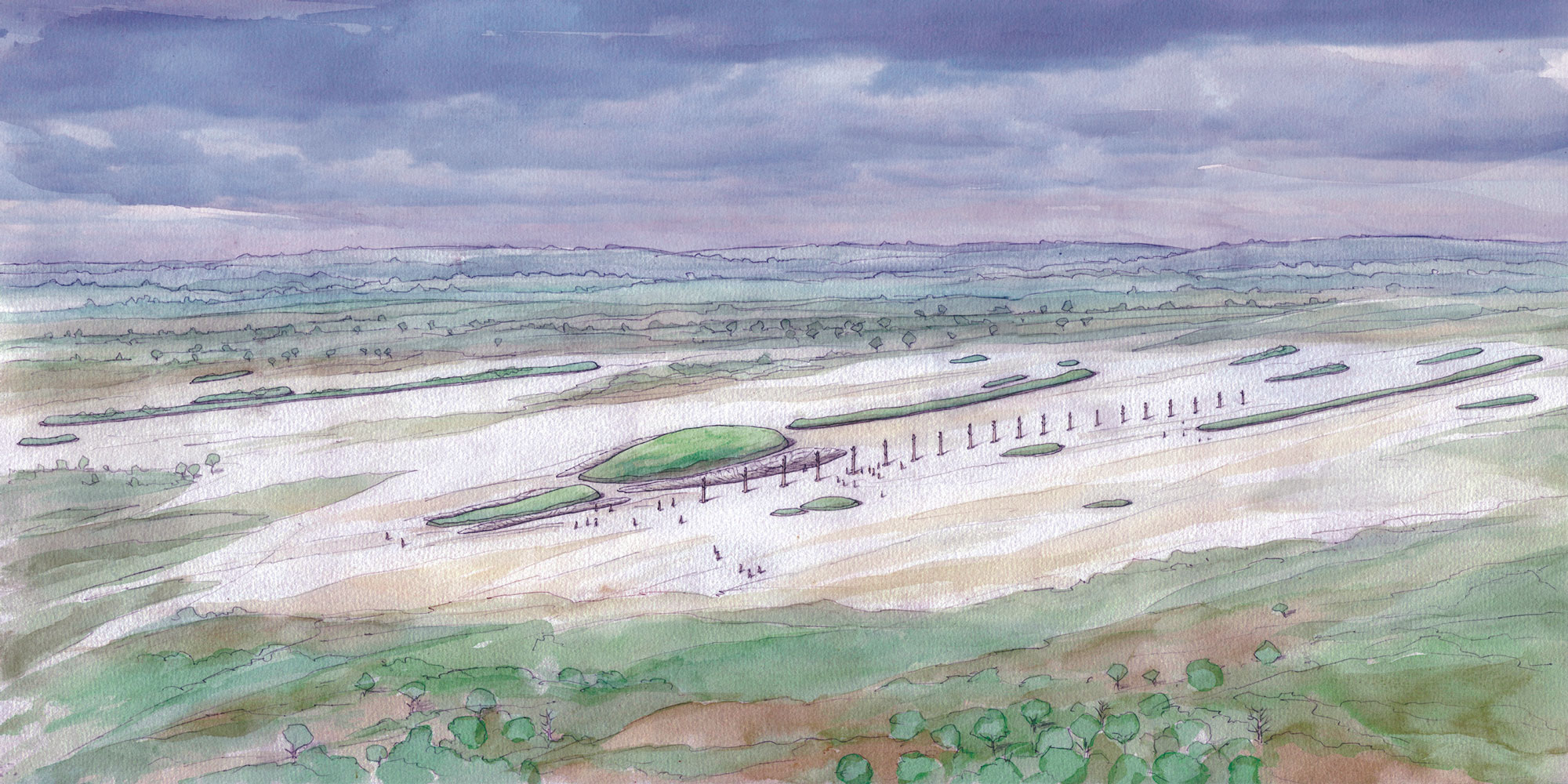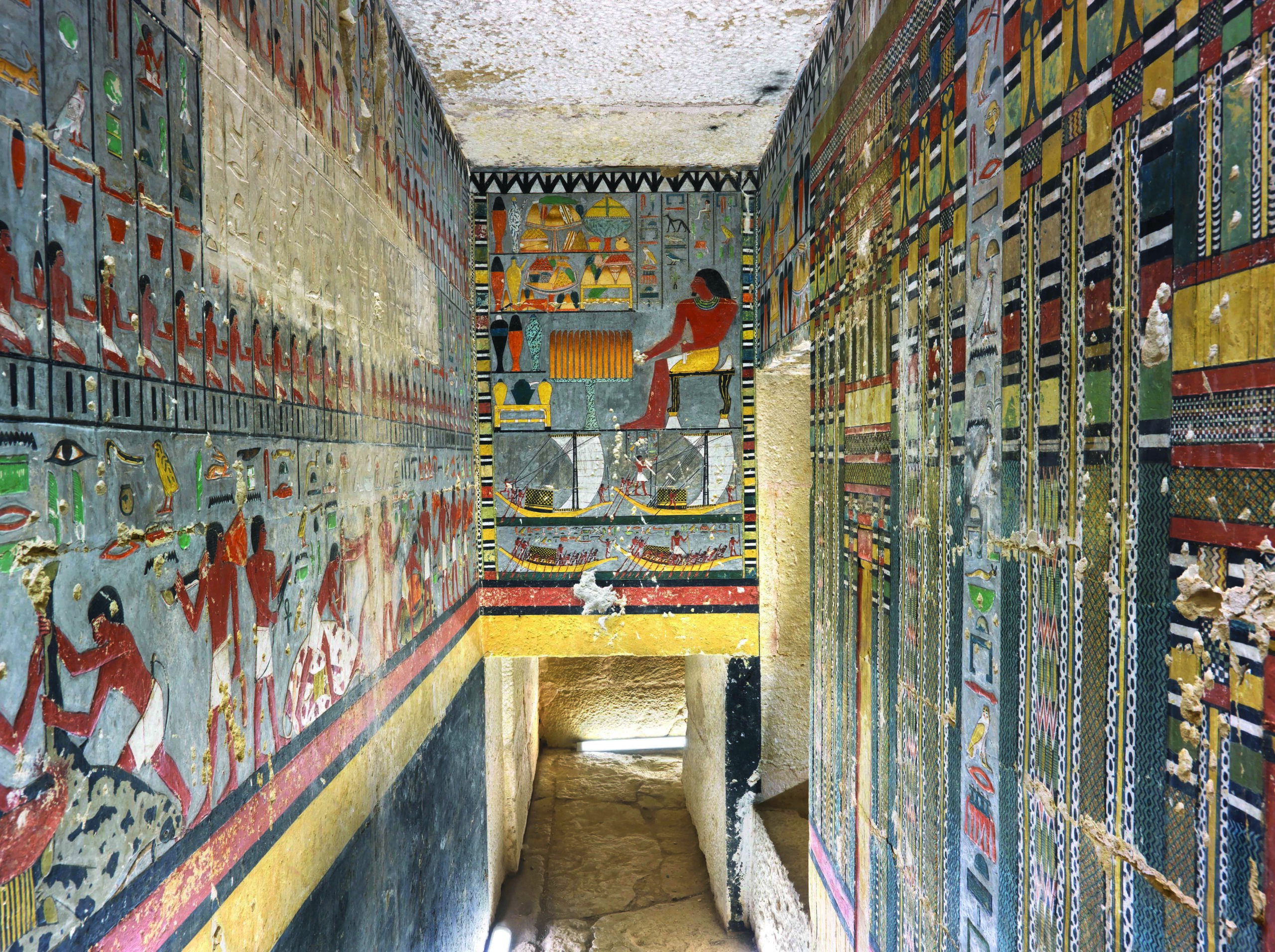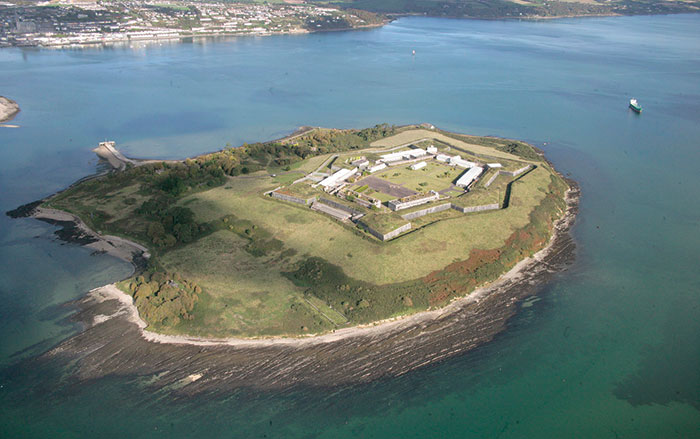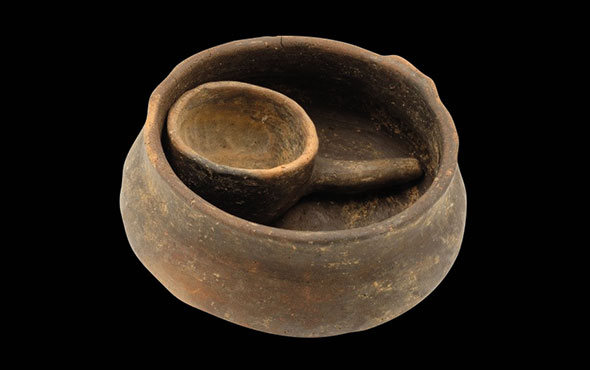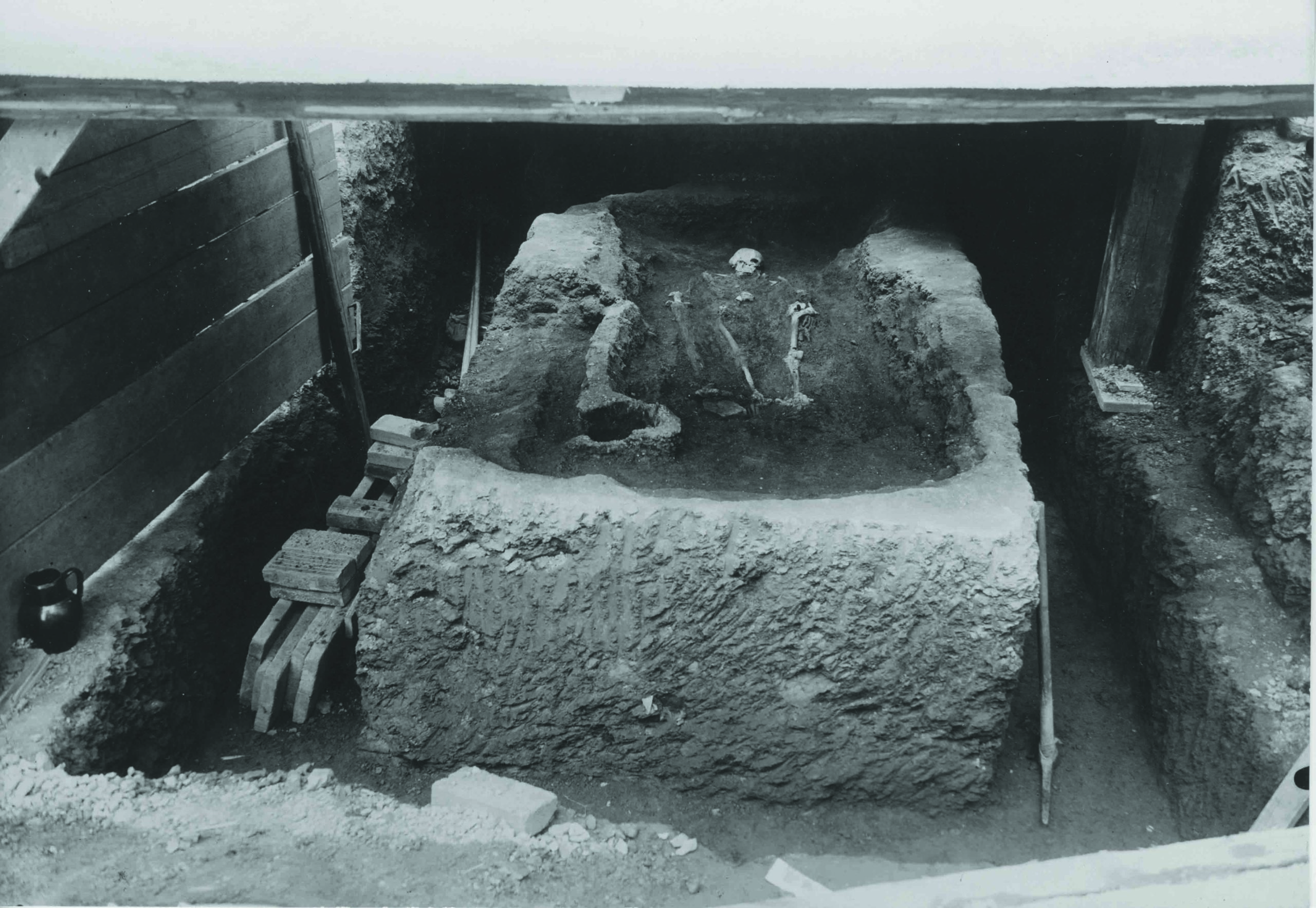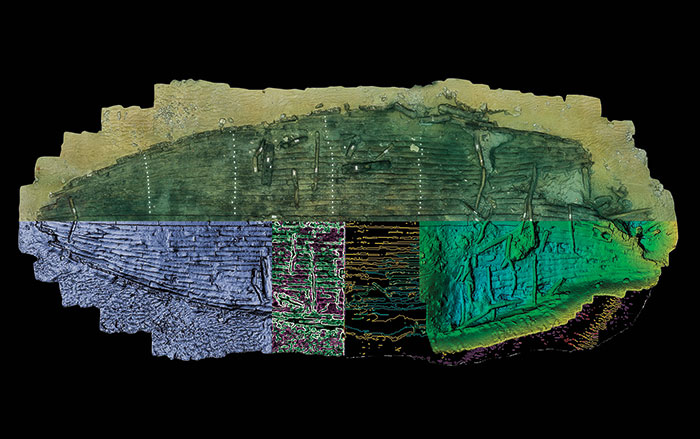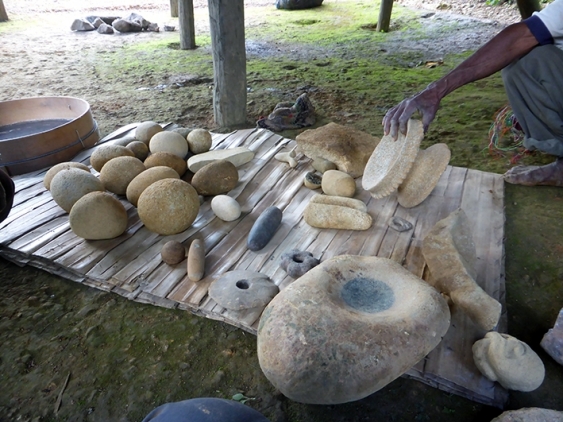
SYDNEY, AUSTRALIA—Science News reports that Ben Shaw of the University of New South Wales and his colleagues have uncovered artifacts that suggest a transition to farm-village life occurred in the highlands of New Guinea between 4,200 and 5,050 years ago. The artifacts include mortars; pestles bearing traces of yam, fruits, and nuts; a piece of a sculpture of a human or animal face; club heads; cutting or chopping tools; a stone marked with deep incisions and pigment stains; and a rock fragment that may have been struck with other stones to light fires. Chemical analysis of a worked piece of obsidian at the site indicates it was imported from at least 500 miles away. It had been previously thought that village life and the cultural changes associated with it were introduced to New Guinea with the arrival of Lapita farmers from Southeast Asia some 3,000 years ago. To read about decorated stone statues that may have been placed in a New Guinea cemetery more than 3,000 years ago, go to "Honoring the Ancestors."


